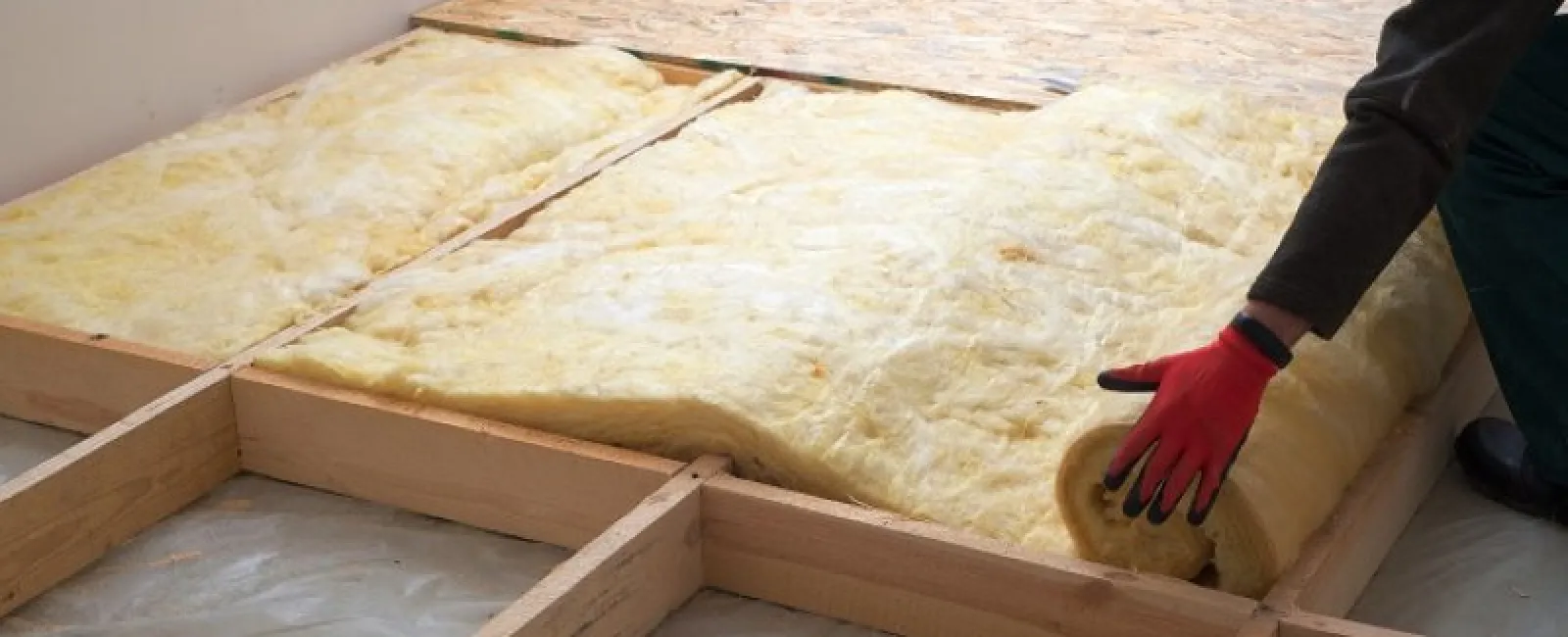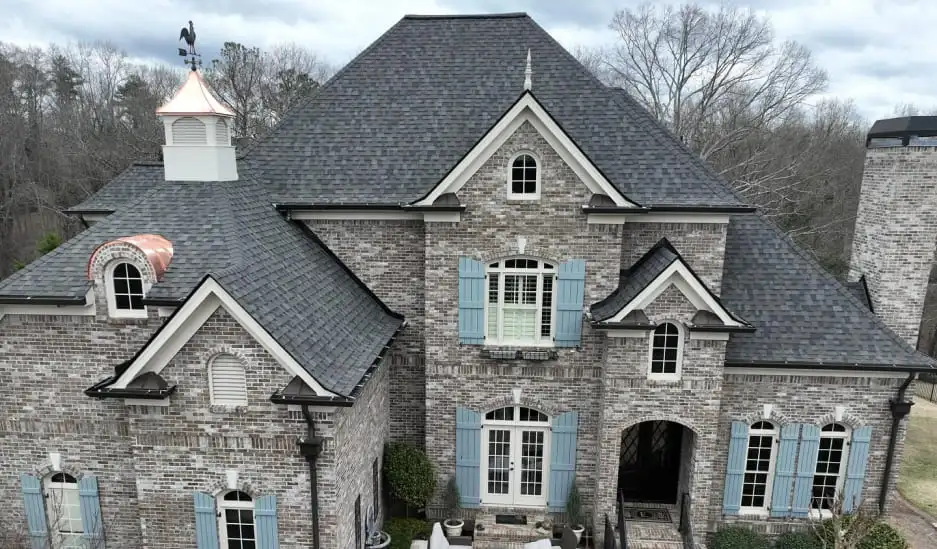
Are you planning to insulate your attic? Before you start this job, make sure you don’t make the following mistakes. Doing so could end up costing you more money to fix the job and in heat loss costs. Don’t waste time and energy. Instead, read more about these common mistakes so that you don’t repeat them while insulating your attic.
You Didn’t Seal the Attic Floor
When you’re insulating your attic to save money on energy costs, don’t forget to air seal the attic too. Skip this step and your insulation is only half working for you. Air sealing is when you seal every opening that comes through the attic floor. This is important for retrofitting projects and new construction projects. Use caulk or expanding foam to fill holes and cracks in the attic. Pay close attention to the following areas:
- Soffit openings
- Openings that house wiring, ductwork, plumbing, etc.
- Between attic framing and chimney flues
You Have Gaps in Your Existing Insulation
Even tiny gaps in the insulation stops conductive heat flow. If you find any gaps remaining after you’ve insulated the attic, you need to fill in these areas. Also, always make sure the insulation comes in direct contact with the attic floor and walls.
You’ve Covered the Eave Vents with Insulation
Ventilation is important in an attic. When airflow is restricted, this how condensation forms and mold grow. Unfortunately, people, including contractors, make the mistake of covering eave vents during the insulation process. To prevent this from happening, install ready-made baffles and place them between the roof rafters. Taking this extra precaution keeps the air flowing through the attic and prevents moisture damage.
You Didn’t Use the Right Type of Insulation
Most people use fiberglass batt insulation because it’s affordable and easy to install. If you choose this type of installation over blown-in cellulose or spray foam, you need to pay close attention to the R-value. This is the rating that determines the material’s thermal resistance, meaning how well the material protects against heat loss. Insulation with a higher R-value means it does a better job insulating. Homes in cold weather climates do better with a higher R-value, while warmer climates like those in Georgia can get away with a lower R-value.
You Bought Cheap Materials
When it’s time to insulate your attic for the first time or as a retrofitting project, keep in mind that this is a long-term investment. Don’t go for the cheapest option. Find the middle ground, materials that are within your budget but built to last and provide the best insulation for your home.
You Tried to Do the Job Yourself
Major insulation jobs require professional services. While many homeowners tackle this job themselves, it’s always better to let the professionals handle the installation of your batt, spray foam, or other insulation. Not only do you know the job’s done right, but if something does go wrong in the future you know who to call to fix it. For more information about attic insulation, contact Findlay Roofing today!




